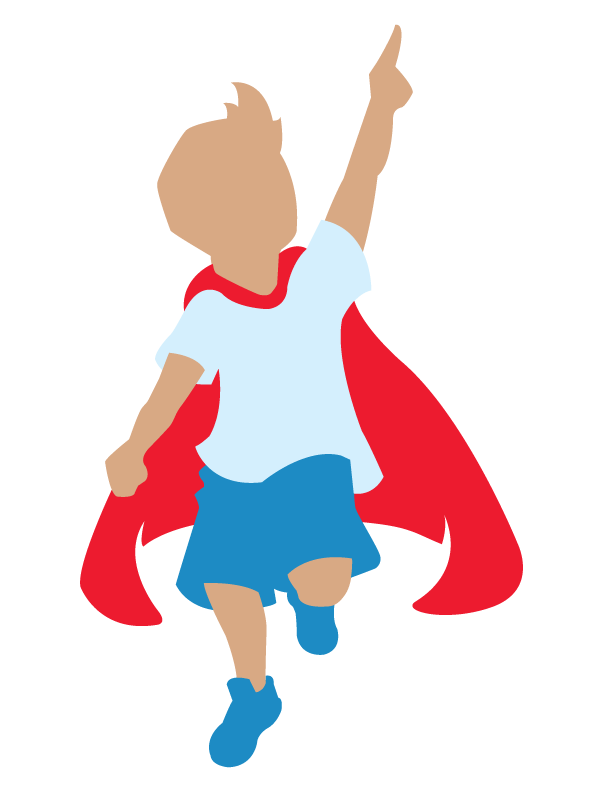History of Child Welfare: Part 1
The history of child welfare in this country is, like most things, a mixed bag. We've made a lot of progress, but there are plenty of dark spots in there too.
The first form of what we call foster care appeared in New York, 1853. But it was not for children who had been abused or neglected, it was for orphans or children whose parents could not afford to keep them. So, less a removal situation and more a voluntary relinquishment situation. That's 166 years ago.
The very next year, in 1854 there were more orphaned children than there were families to welcome them. So . . . this is not a new problem that we're working on.
And the first attempt to solve it was made by a fascinating fella named Charles Loring Brace. He started putting orphans on trains bound for the Midwest because he thought homesteading families might like the chance to adopt children. There's always a need for more help around a farm, and many families had children, at least in part, for that reason. So Brace thought, Midwestern families might jump at the chance to adopt half grown children from NYC.
Interesting idea, and it worked for some kids. But many more were not never fully included in the families who took them in and kept as effectively slaves—unpaid labor.
Then in 1874, so 20 years after the first orphan train, also in New York, a visiting nurse saw a little girl named Mary Ellen McCormack who was in really rough shape. She was sick, dirty, bruised, and malnourished and she told the nurse stories about her mother beat her.
So, this nurse tried to intervene, but found that there was no law against mistreating children. So there wasn't any direct legal recourse. But, she was also quite creative, and managed to convince the society for the prevention of cruelty to animals to take the case, and they argued it all the way to the New York State Supreme Court who ruled that it should be illegal to mistreat a child. Mary Ellen was moved to some of her relatives home and her mother was sentenced to a year in jail.
Mary Ellen went on to live a very long, full life. Married, had children of her own, and adopted an orphan girl. She died in 1956 at the age of 92.
And then, it starts to get dark. From the late 1800s until 1978, roughly the next 100 years, child welfare becomes aboutNnative Americans. In fact, foster care becomes an instrument of attempted genocide.
Foster care and boarding schools were used in an attempt to remove native children from their tribes and raise them as white, with the intent of eliminating the tribes all together over the course of a couple generations.
This is one of the darkest stains on US history. And what brought it to an end was the Indian Child Welfare Act or ICWA, passed in 1978.
And . . . I know a lot of people who have beef with ICWA and the way it is implemented. Because it can tend to elongate the time children spend in foster care. And I understand many of those concerns, but it's useful, I think, to understand the situation ICWA was passed to correct.
It was, at the time, the documented policy of the federal government to systematically remove children from native american homes in order to destroy native american culture. That's terrible and a big change was needed. ICWA had and continues to have a big objective and it has largely accomplished it. Like everything in child welfare, its results are imperfect, but it was a huge step forward in our execution of justice for children.
Okay, this is getting longer than I expected. So stay tuned next week for part 2, when I'll focus on more recent history in Washington State.
